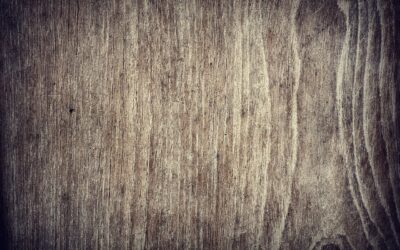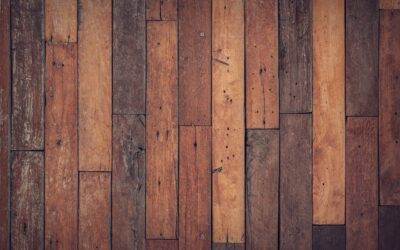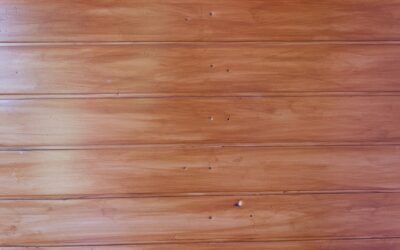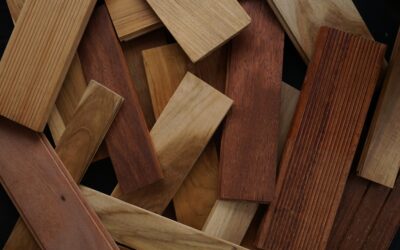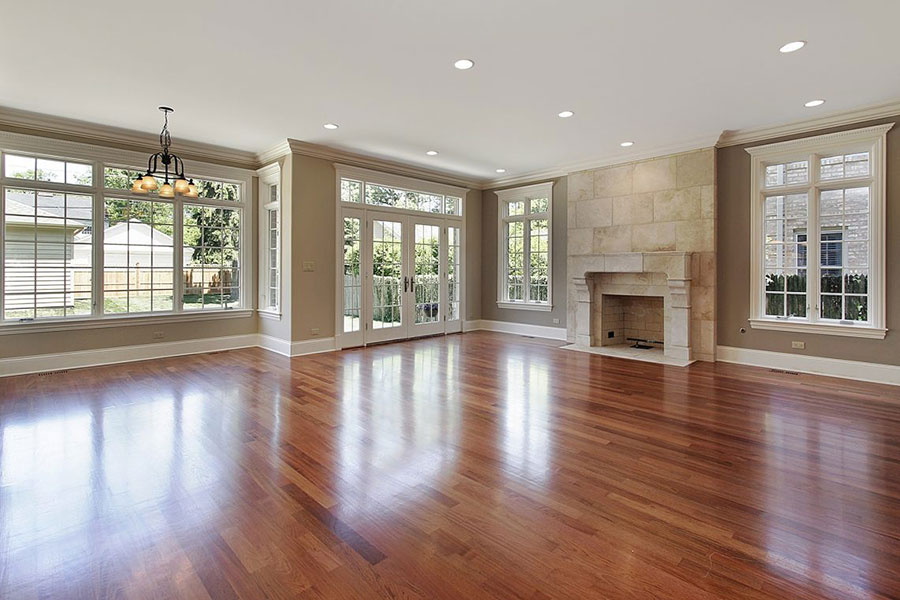DIY: Expert Tips for Dealing with Mold on Wood Floors
Mold on wood floors is not just unsightly, but can also pose health risks and damage the integrity of your flooring. As a reputable flooring contractor in Kansas City, JRK Flooring brings you expert tips for identifying, treating, and preventing mold on hardwood floors. Understanding the signs of mold and taking prompt action is crucial in preserving the beauty and safety of your home.
What are the Signs of Mold Under Hardwood Floors?
Recognizing the early signs of mold under your hardwood floors is key to addressing the issue before it worsens:
- Discoloration: Look for unusual stains or discoloration on the floor, which could indicate mold growth.
- Musty Odor: A persistent musty or damp smell is a common indicator of mold.
- Warped or Buckled Floors: Excessive moisture, often a cause of mold, can lead to warping or buckling of hardwood floors.

Identifying the Presence of Mold Spores
Mold spores are tiny and often airborne, making them difficult to detect:
- Visual Inspection: Use a flashlight to examine dark and damp areas for visible mold growth.
- Air Quality Concerns: Poor indoor air quality or increased allergy symptoms can be a sign of airborne mold spores.
Symptoms of Mold Growing Under Hardwood Floors
Be aware of these common symptoms of mold growth under floors:
- Increased Humidity: High indoor humidity levels can encourage mold growth.
- Water Damage: Recent leaks or flooding can create a favorable environment for mold.
- Soft Spots: Feel for any soft or spongy areas on the floor, which may indicate rot from mold.
How to Check for Mold Under Hardwood Floors
Checking for mold requires a careful approach:
- Peek Underneath: If possible, access the subfloor from a basement or crawl space to check for mold.
- Lift a Board: Carefully remove a plank or section to inspect the underside and the subfloor for any signs of mold.
- Use Moisture Meters: These tools can help detect excessive moisture, which can lead to mold growth.
Preventive Measures for Mold Growth
Preventing mold is easier than treating it:
- Control Humidity: Use dehumidifiers to maintain a healthy level of indoor humidity.
- Regular Cleaning: Keep floors clean and dry, especially in areas prone to moisture.
- Immediate Action on Spills: Clean spills immediately to prevent moisture from seeping into the wood.
- Proper Ventilation: Ensure your home, especially kitchens, bathrooms, and basements, is well-ventilated.
Professional Inspection and Testing
When in doubt, consult a professional:
- Professional Mold Inspection: A thorough inspection by a mold specialist can confirm the presence and extent of mold.
- Air Quality Testing: Professional testing can detect the presence of mold spores in the air.
- Expert Remediation Advice: A professional can provide the best course of action for mold removal and prevention.
How to Remove Mold from Wood Floors?
Removing mold from wood floors can be a challenging but essential task. Here’s how to do it:
- Safety First: Wear protective gear such as gloves, masks, and eyewear.
- Cleaning Solution: Use a mixture of water and mild detergent to gently clean the affected area.
- Disinfecting: After cleaning, apply a solution of vinegar and water (equal parts) or a mild bleach solution (one part bleach to three parts water) to disinfect the area.

DIY Methods for Removing Ingrained Mold
For more stubborn mold, you may need to employ stronger methods:
- Commercial Mold Removers: Use a commercially available mold remover specifically designed for wood.
- Homemade Solutions: Mix baking soda or vinegar with water to create a paste for scrubbing the mold.
Using Sanding to Eliminate Mold Stains
Sanding can be effective for removing mold stains deeply ingrained in the wood:
- Sanding the Area: Gently sand the affected area to remove the top layer of mold.
- Refinishing: After sanding, clean the area thoroughly and refinish it to match the rest of the floor.
Killing Mold Using Natural Remedies
Natural remedies can be effective for less severe mold issues:
- Vinegar Solution: Spray distilled white vinegar on the mold, let it sit for an hour, then wipe clean.
- Tea Tree Oil: Mix tea tree oil with water and spray onto the mold. Tea tree oil is a natural fungicide.
Professional Mold Removal from Wood Floors
In some cases, professional intervention is necessary:
- Assessment: A professional can assess the extent of the mold infestation.
- Advanced Techniques: Professionals have access to advanced techniques and products for mold removal.
- Prevention Advice: They can provide expert advice on preventing future mold growth.
Steps to Take When Mold Infestation is Detected
When you detect mold, act quickly:
- Identify the Source: Find and address the source of moisture causing the mold.
- Isolate the Area: Prevent the spread of mold spores to other parts of the house.
- Clean and Disinfect: Thoroughly clean and disinfect the area after removing the mold.
- Dry the Area: Ensure the area is completely dry to prevent mold from returning.
- Regular Inspections: Regularly inspect the area for any signs of recurring mold.
What Are the Risks Associated with Mold on Wood Floors?
Understanding the risks can help in taking timely action:
Effects of Mold Exposure on Wooden Floors
- Aesthetic Damage: Mold can cause unsightly stains and discoloration, ruining the natural beauty of your floors.
- Structural Integrity: Over time, mold can degrade the wood, leading to weakened floorboards and potential safety hazards.
How Mold Can Lead to Subfloor Damage
- Moisture Penetration: Mold growth is often indicative of moisture problems, which can damage not only the surface but also the subfloor beneath.
- Costly Repairs: Ignoring mold can lead to extensive and expensive repair work, including the replacement of subfloors.
Preventing Warping Caused by Mold Growth
- Effective Moisture Management: Use dehumidifiers and ensure proper ventilation to maintain a balanced indoor humidity level.
- Regular Inspections: Catching mold early can prevent warping and other moisture-related damages.
Understanding the Impact of Mold on Respiratory Health
- Health Concerns: Mold exposure can cause respiratory problems, allergic reactions, and other health issues, particularly in individuals with asthma or allergies.
- Air Quality: Mold spores can significantly reduce indoor air quality, making living spaces uncomfortable and unhealthy.
Environmental Impact of Mold Infestation
- Broader Impacts: Large-scale mold infestations can affect the overall home environment, leading to poor air quality and contributing to a less healthy living environment.
How to Prevent Mold from Reoccurring on Wood Floors?
Effectively preventing mold begins with understanding the causes and implementing strategies to control them:
Implementing Long-Term Preventive Measures
- Regular Maintenance: Regular cleaning and maintenance of wood floors can significantly reduce the likelihood of mold growth.
- Immediate Repairs: Address any signs of damage or moisture ingress promptly to prevent the conditions that encourage mold growth.
Using Cleaning Solutions to Keep Mold at Bay
- Regular Cleaning: Use mold-inhibiting cleaning solutions periodically to prevent the growth of mold spores.
- Natural Solutions: Consider using natural cleaners like vinegar or tea tree oil, which have mold-resistant properties.
Maintaining Optimal Humidity Levels in the Home
- Humidity Control: Maintain indoor humidity levels between 30% and 50% to inhibit mold growth.
- Dehumidifiers: In areas prone to high humidity, use dehumidifiers to control moisture in the air.
Addressing the Root Cause of Mold Issues
- Leakages and Dampness: Fix leaks in roofs, walls, or plumbing to prevent water accumulation.
- Insulation and Ventilation: Improve insulation and ventilation in your home to reduce damp conditions that support mold growth.
Regular Inspections to Detect Early Signs of Mold Growth
- Routine Checks: Regularly inspect your hardwood floors and subfloors for any early signs of mold, especially in prone areas like basements and bathrooms.
- Professional Evaluations: Consider annual inspections by professionals, particularly in older homes or areas with a history of mold issues.
Final Thoughts
Mold on wood floors shouldn’t be taken lightly. With the right approach to detection, removal, and prevention, homeowners can maintain their wood floors’ integrity and beauty while ensuring a safe and healthy living environment. Remember, regular maintenance, early intervention, and professional guidance are key to effectively managing mold on wood floors.
For more expert advice on floor care and maintenance, stay connected with JRK Flooring, your trusted flooring contractor in Kansas City. We’re here to help you preserve the beauty and longevity of your hardwood floors.



